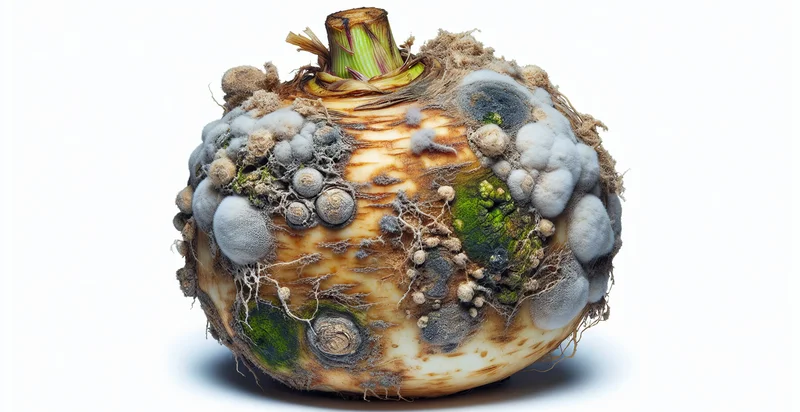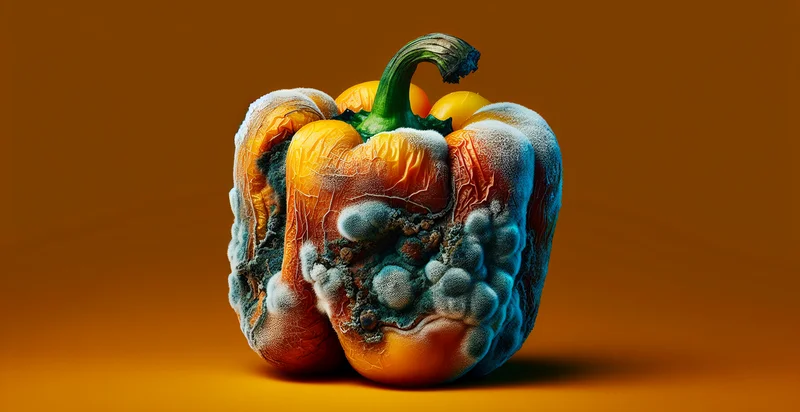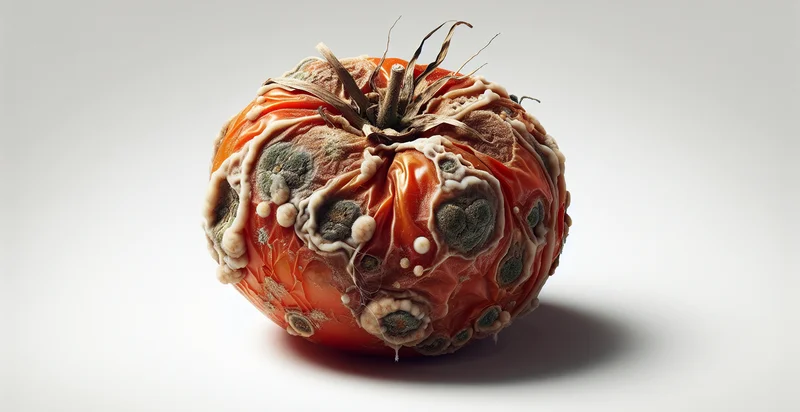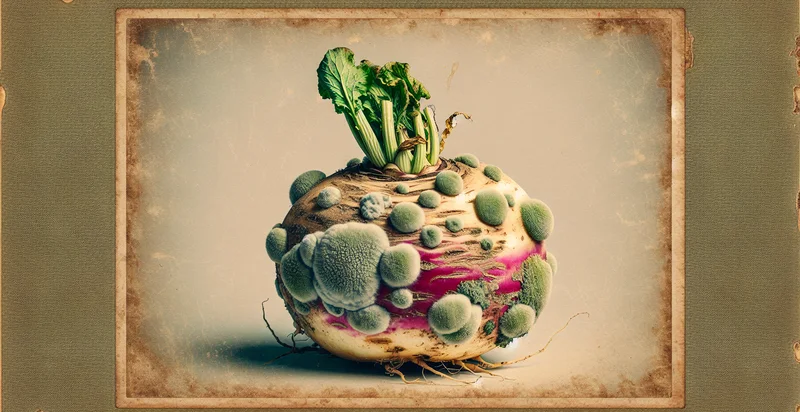Identify if turnip is rotten
using AI
Below is a free classifier to identify if turnip is rotten. Just upload your image, and our AI will predict if the turnip is rotten - in just seconds.

Contact us for API access
Or, use Nyckel to build highly-accurate custom classifiers in just minutes. No PhD required.
Get started
import nyckel
credentials = nyckel.Credentials("YOUR_CLIENT_ID", "YOUR_CLIENT_SECRET")
nyckel.invoke("if-turnip-is-rotten", "your_image_url", credentials)
fetch('https://www.nyckel.com/v1/functions/if-turnip-is-rotten/invoke', {
method: 'POST',
headers: {
'Authorization': 'Bearer ' + 'YOUR_BEARER_TOKEN',
'Content-Type': 'application/json',
},
body: JSON.stringify(
{"data": "your_image_url"}
)
})
.then(response => response.json())
.then(data => console.log(data));
curl -X POST \
-H "Content-Type: application/json" \
-H "Authorization: Bearer YOUR_BEARER_TOKEN" \
-d '{"data": "your_image_url"}' \
https://www.nyckel.com/v1/functions/if-turnip-is-rotten/invoke
How this classifier works
To start, upload your image. Our AI tool will then predict if the turnip is rotten.
This pretrained image model uses a Nyckel-created dataset and has 2 labels, including Fresh Turnip and Rotten Turnip.
We'll also show a confidence score (the higher the number, the more confident the AI model is around if the turnip is rotten).
Whether you're just curious or building if turnip is rotten detection into your application, we hope our classifier proves helpful.
Related Classifiers
Need to identify if turnip is rotten at scale?
Get API or Zapier access to this classifier for free. It's perfect for:
- Quality Control in Agriculture: This use case involves using the True image classification function to identify rotten turnips during the harvesting and processing stages. By automating the inspection process, farmers can ensure only high-quality produce reaches the market, reducing waste and improving overall sale prices.
- Food Safety in Retail: Supermarkets can implement this image classification technology to check the quality of turnips on their shelves. By quickly identifying and removing rotten products, retailers can enhance customer satisfaction and comply with food safety regulations.
- Supply Chain Optimization: Distributors can utilize the function to assess the condition of turnips throughout the supply chain. Identifying rotten produce early prevents the spread of spoilage, optimizes inventory management, and minimizes losses.
- Restaurant Quality Assurance: Restaurants can employ this technology in their kitchen operations to ensure that only fresh turnips are used in their dishes. This can help maintain food quality standards, leading to better customer reviews and repeat business.
- Consumer Mobile App: A mobile app can be developed for consumers that uses this function to assess turnip freshness at the time of purchase. Shoppers can take a picture of turnips and instantly receive feedback on their condition, helping them make informed buying decisions.
- Automated Sorting Machines: Food processing facilities can integrate this image classification system into their automated sorting machines. This would streamline the sorting process by quickly identifying and separating rotten turnips from fresh ones, enhancing operational efficiency.
- Research and Development: Agricultural researchers can use the classification function to study the impact of various conditions on turnip spoilage. Analyzing images of rotten turnips can provide insights into optimal storage conditions and practices, leading to better crop management strategies.


